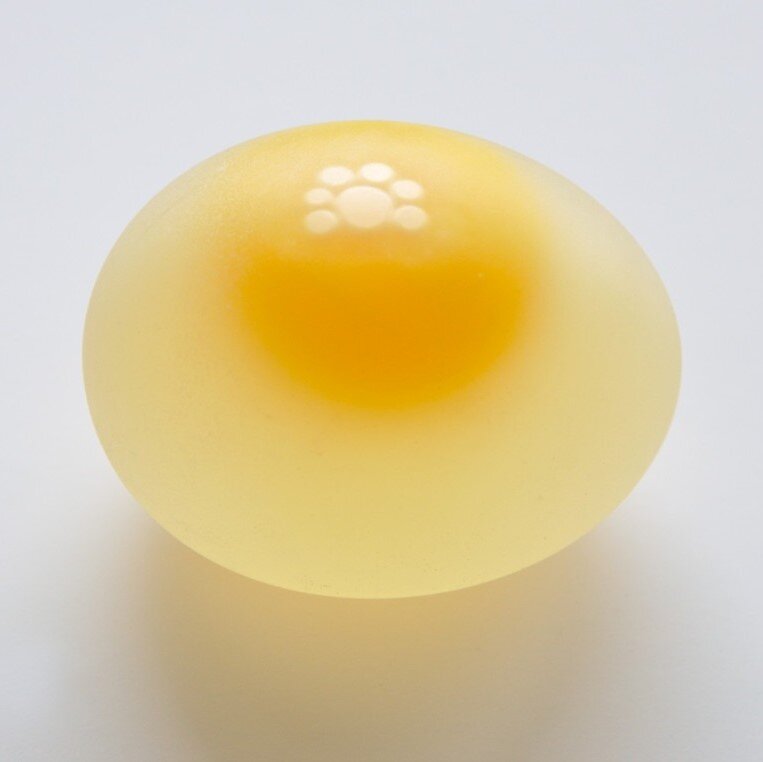Chemical Reactions and Osmosis: A Rubber Egg
Materials:
1. Hard-boiled egg cooled to room temperature (Include the shell)
2. A cup of vinegar
3. 1 bowl
Steps:
1. Put the egg inside the bowl. Then, pour the vinegar on top of the egg. During this process, you may see bubbles begin to form.
2. Let the egg and vinegar sit for 24 hours.
3. Take the egg out of the vinegar and thoroughly rinse it water. The shell should easily come off.
4. Observe the egg. It should have a yellowish tint and become very squishy.
Why did this happen?
Vinegar is an acid known as acetic acid, causing it to suck up the calcium carbonate inside of the eggshell. As a result, all that is left is the egg’s “skin”. The calcium carbonate allows the egg’s shell to become hard in the first place. When the calcium carbonate became used up, it left calcium acetate and carbon dioxide. The carbon dioxide allows the egg to become translucent and causes a change in color. A chemical reaction took place when this occurred. If you remember the bubbles that formed when you placed the egg in the vinegar, that sign was actually the beginning of the reaction.
Another process actually occurs when the rubber egg is formed. Osmosis occurs when water moves across a semipermeable membrane from a high to low concentration. A semipermeable membrane has tiny holes that only allow certain molecules, such as water, to move through the membrane. In this case, the membrane is the layer between the shell and the egg white. Because vinegar is made up of a lot of water, the vinegar is able to move from the cup (high concentration) into the egg (low concentration).
An egg after it has been in vinegar
Picture Source: sos.noaa.gov

